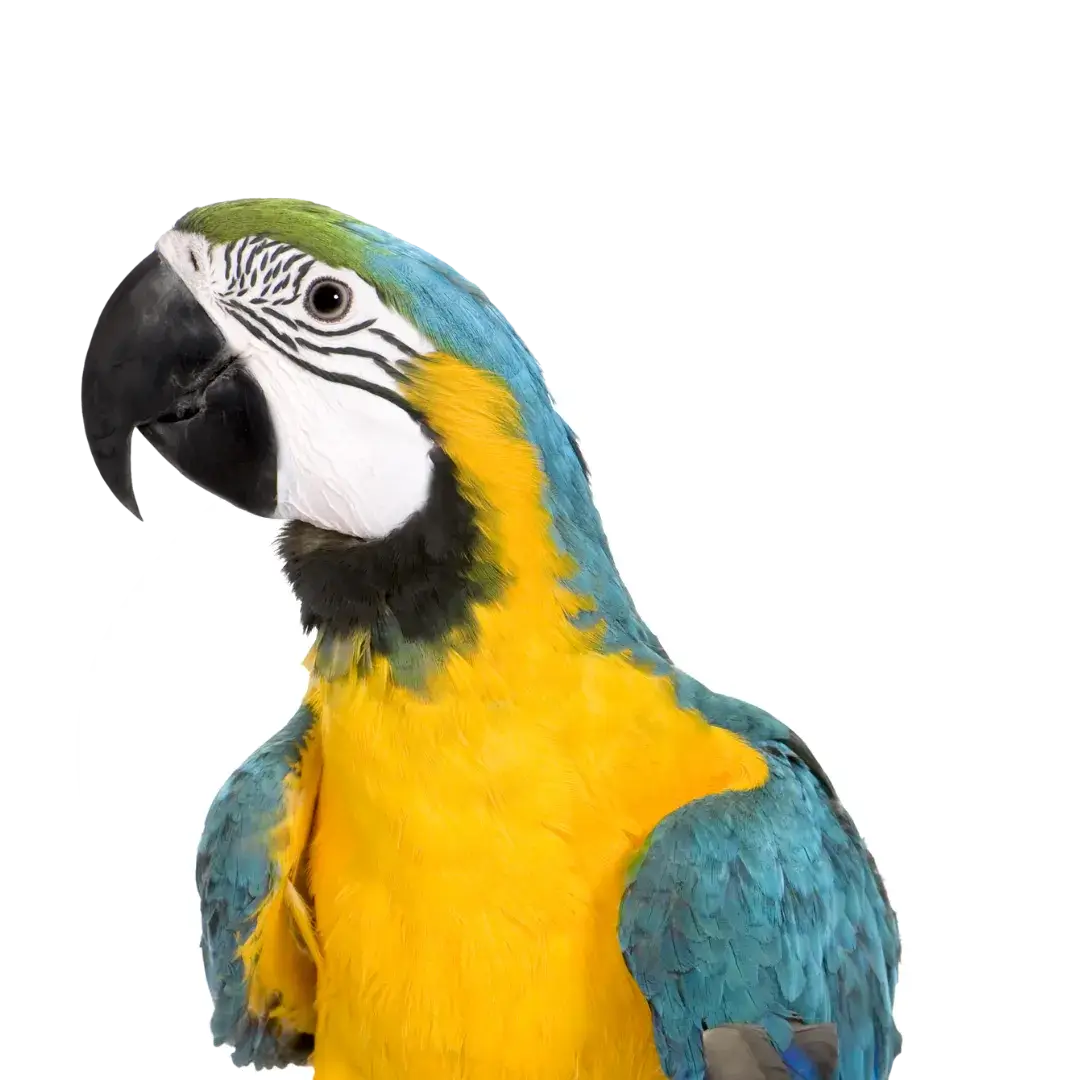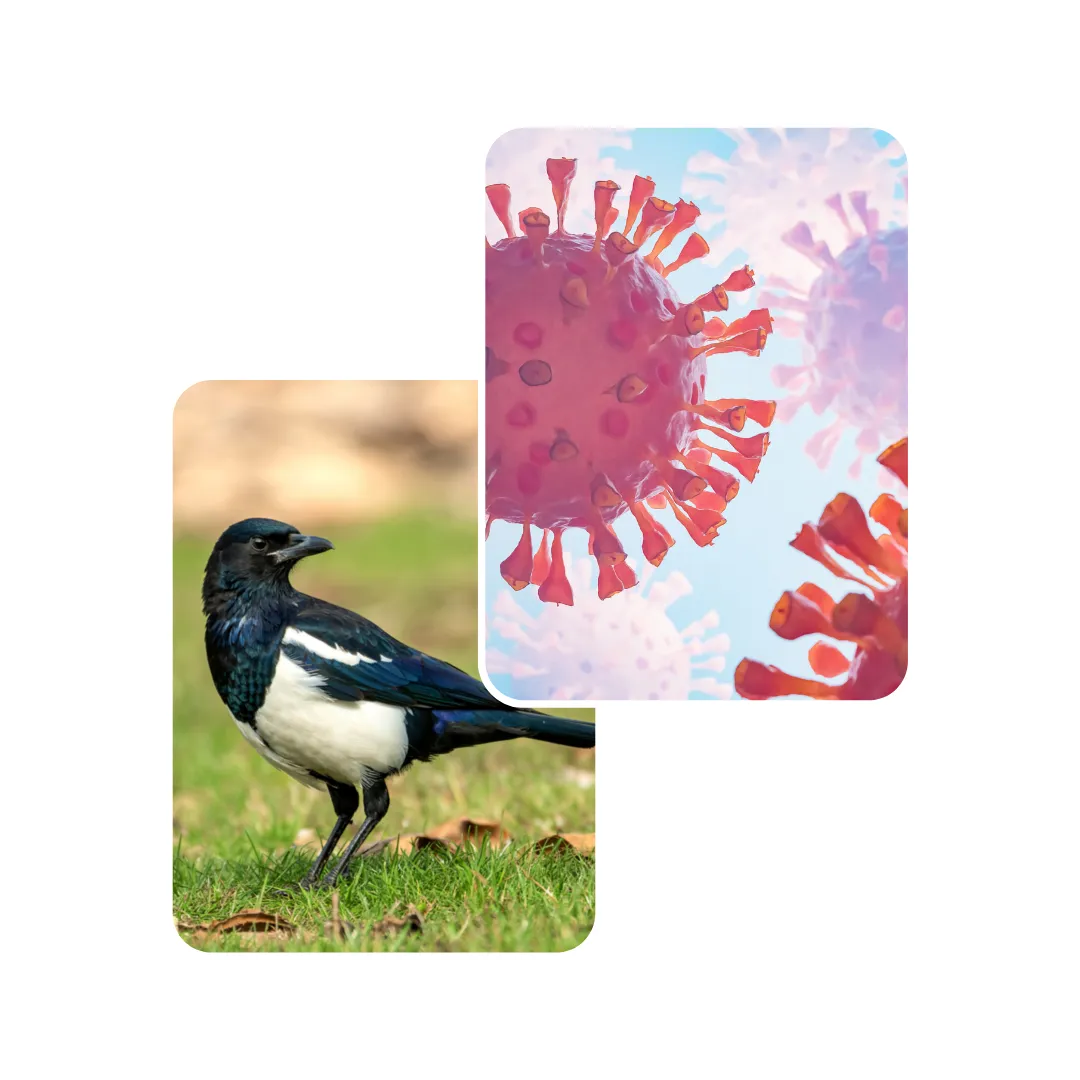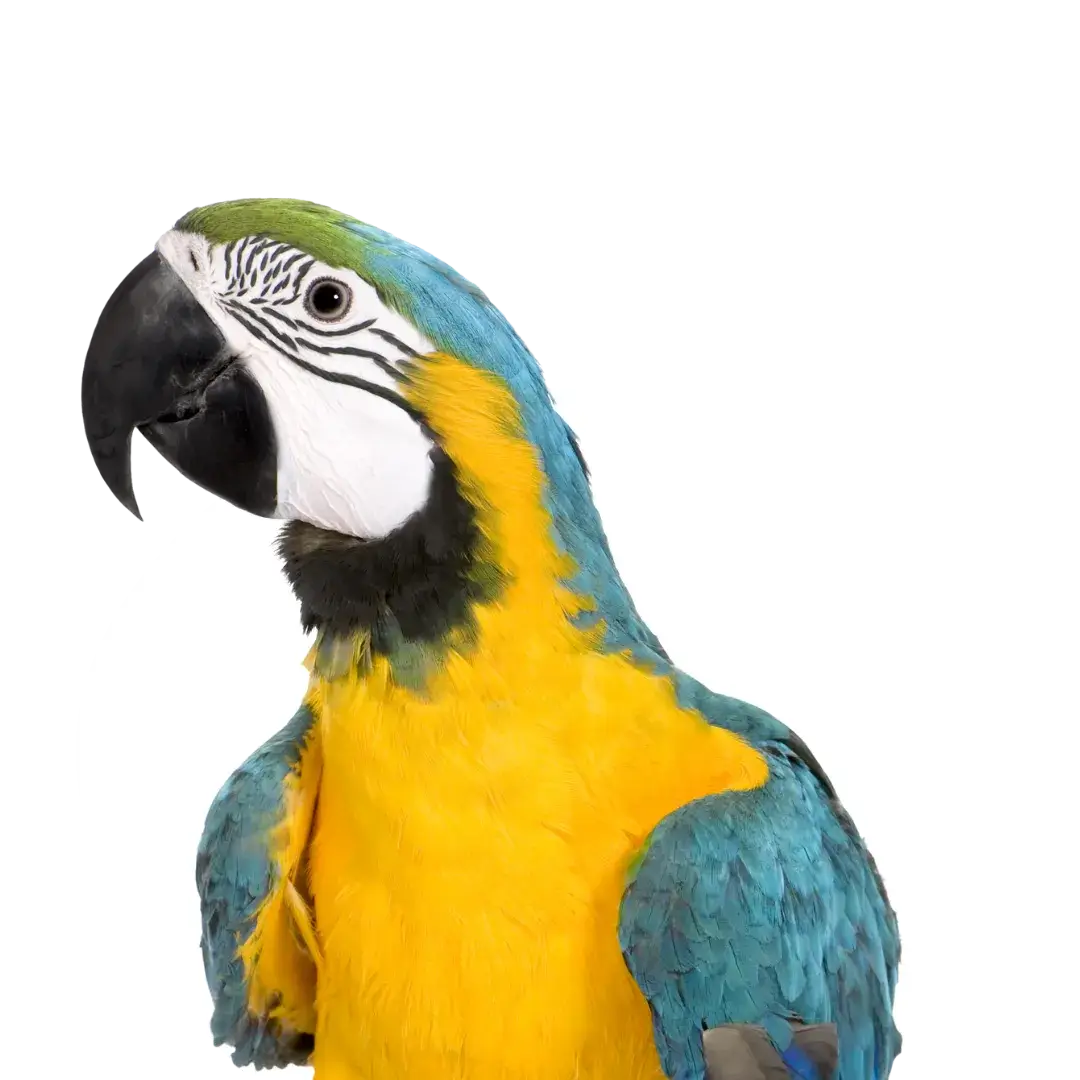

Diagnosis is for the bird. For the safety of the owner, the most concerning is Chlamydophila psittaci (a bacteria, not a virus, but often presents similarly), which can be zoonotic.
Yes. Vaccines are available for Polyomavirus and Pacheco’s Disease and are highly recommended for birds in high-risk environments.
Birds are prey animals and hide symptoms until the infection is severe. Often, by the time symptoms are obvious, the infection is in an advanced stage.
Absolutely not. Many viral pathogens are shed intermittently and can survive in the environment for months, posing a constant, severe threat to all other birds.
Yes. The most common cause of death in these cases is not the pathogen itself but the resulting secondary bacterial, fungal, or parasitic infections that the bird’s weakened immune system cannot fight off.
Yes. Similar symptoms may point to chronic diseases, nutritional deficiencies, or severe stress. Consult our other specialized treatment pages to learn more.
Your pet deserves expert care – Subscribe now for trusted tips and updates from our pet experts.
